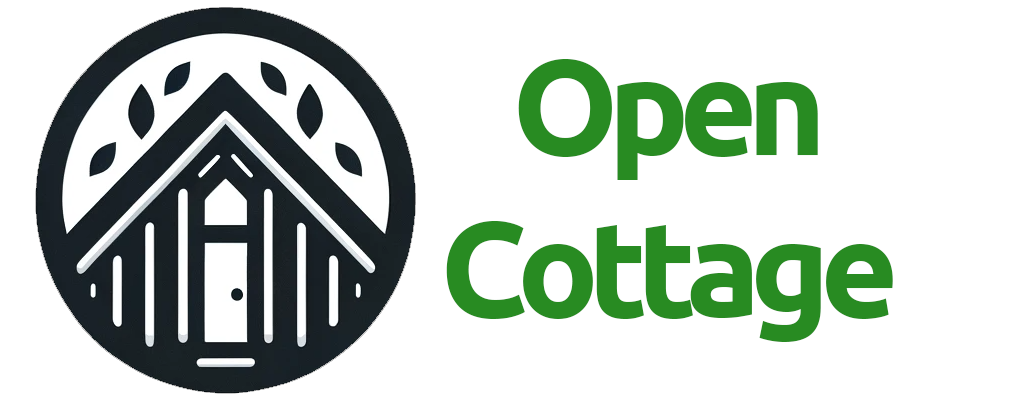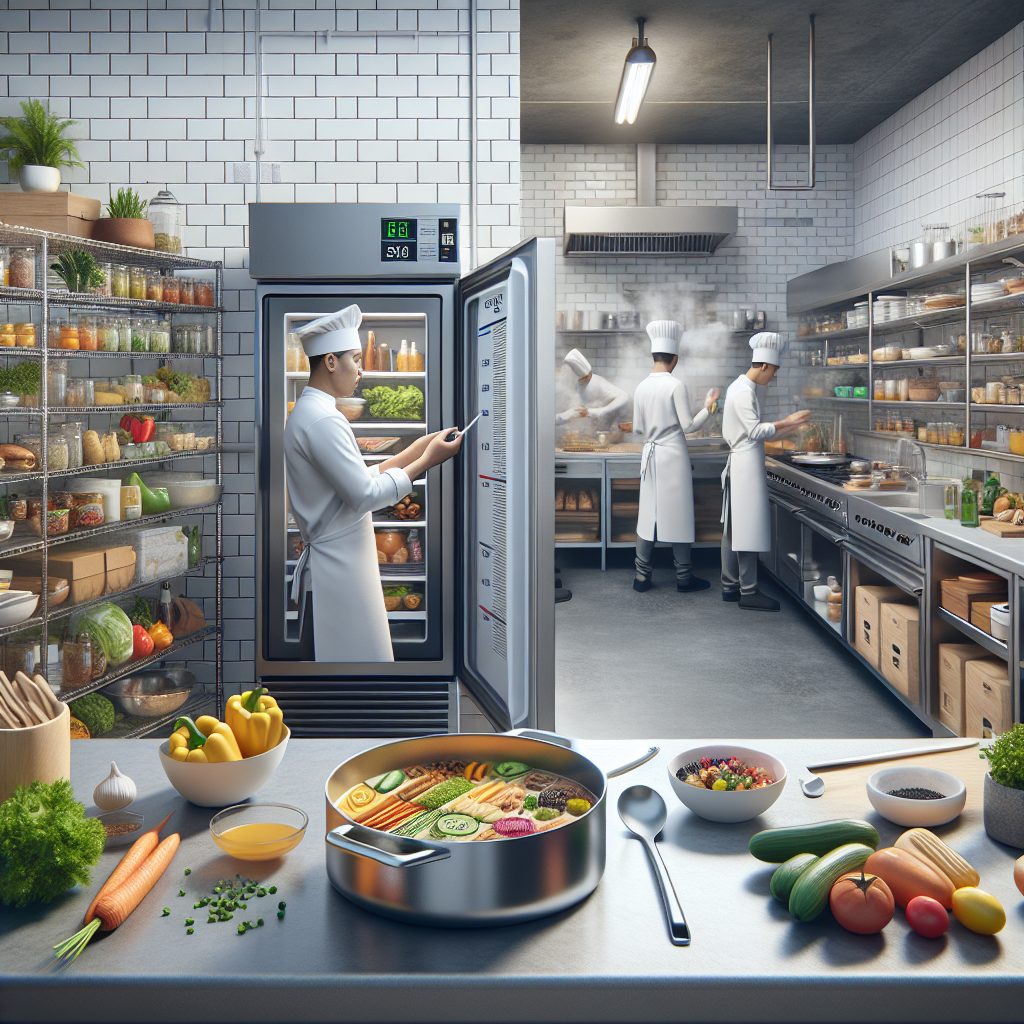Food safety is a critical aspect of any kitchen, whether at home or in a restaurant. One of the most important components of food safety is maintaining the appropriate temperatures for storing, cooking, and serving food. Proper temperature control can significantly reduce the risk of foodborne illnesses. Here are some essential tips for both home cooks and restaurant operators to ensure food safety through temperature management.
Understanding Temperature Zones
1. Danger Zone Awareness
- The "danger zone" for food temperatures is between 40°F (4°C) and 140°F (60°C). In this temperature range, bacteria can multiply rapidly, increasing the risk of foodborne illnesses. It’s critical to keep perishable foods out of this zone.
2. Safe Refrigeration Practices
- Refrigerator Temperature: Keep your refrigerator at or below 40°F (4°C). Use an appliance thermometer to monitor the temperature.
- Freezer Temperature: The ideal freezer temperature is 0°F (-18°C). Freezing will halt bacterial growth, preserving food safety.
Cooking Temperatures
3. Know Your Minimum Cooking Temperatures
- Different foods require different minimum internal cooking temperatures:
- Poultry (Chicken, Turkey): 165°F (74°C)
- Ground Meats (Beef, Pork, Lamb): 160°F (71°C)
- Steaks, Roasts, and Fish: 145°F (63°C)
- Egg Dishes: 160°F (71°C)
- Use a food thermometer to ensure that food reaches these temperatures. Color and texture are not reliable indicators of doneness.
Serving and Holding Temperatures
4. Maintain Safe Serving Temperatures
- Hot foods should be maintained at 140°F (60°C) or above.
- Foods held at room temperature for more than two hours should be discarded to prevent bacterial growth.
5. Use Warming Equipment
- For restaurants, using warming trays or heat lamps can help maintain the proper serving temperature while allowing for visually appealing presentations.
Leftover Safety
6. Properly Store Leftovers
- Refrigerate leftovers within two hours of cooking to minimize the risk of bacterial growth.
- Store leftovers in shallow containers to allow for quick cooling. Consume or freeze leftovers within three to four days for best quality and safety.
7. Reheating Guidelines
- Reheat leftovers to a minimum temperature of 165°F (74°C) before serving. Use a food thermometer to verify the temperature.
General Tips for Restaurants
8. Educate Staff
- Train kitchen staff on the importance of temperature control and safe food handling practices. Regular training sessions can reinforce these essential procedures.
9. Implement Regular Temperature Checks
- Schedule routine temperature logging for refrigerators, freezers, and food items. Keeping a log will help identify problems early and ensure compliance with health regulations.
10. Utilize Technology
- Invest in modern technology like smart thermometers that track temperatures and alert staff in case of fluctuations. This proactive approach simplifies monitoring and can prevent dangerous situations.
Conclusion
Maintaining safe food temperatures is essential for both home cooks and restaurant operators in preventing foodborne illnesses. By understanding the danger zones, adhering to cooking and storage guidelines, and implementing regular checks, you can ensure that food remains safe to eat. Whether you’re cooking for your family or serving customers, prioritizing food safety will lead to healthier meals and higher customer satisfaction.

